Solving the Region’s Congestion Woes – One Step at a Time
One solution to the region’s crippling congestion could be right under our feet – literally.
This post is part one of a three-part series.
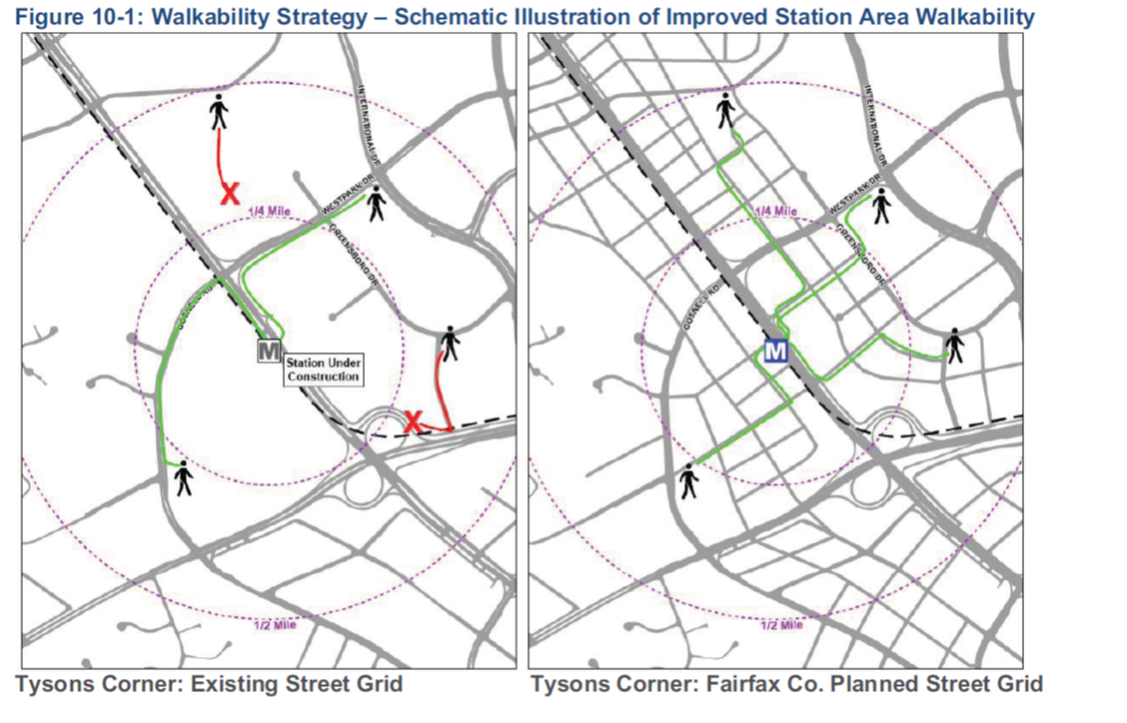
Illustration of possible walkability improvements that could occur in/around Tysons Corner. From Regional Transit System Plan
The region is abuzz with $220B of planned new transportation investments – the Purple Line, HOT Lanes, new streetcar lines, and additional roadways. Though there is not one dollar currently pledged to add capacity to Metro, these other investments may help the region chart a course away from leading the country in congestion (pdf).
However, for a quarter trillion dollars, one would expect that collectively these projects would have significant impacts on the region’s congestion. While there are some benefits – vehicle miles traveled (VMT) per capita are expected to decline and transit mode share may increase by one percent – overall increases in VMT are expected to outpace road construction, leading to a 38% increase in the number of lane miles of congestion (pdf). But is there another way to get more bang for our buck?
Make station areas walkable. Every one of them. Now.


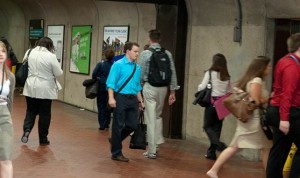
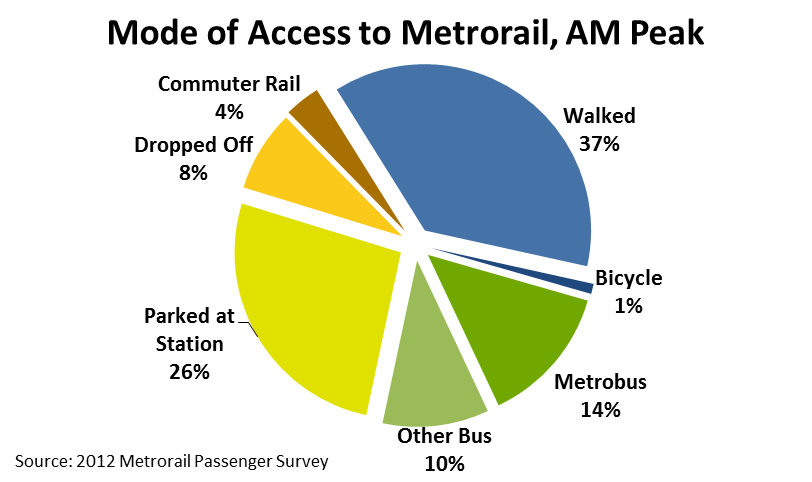

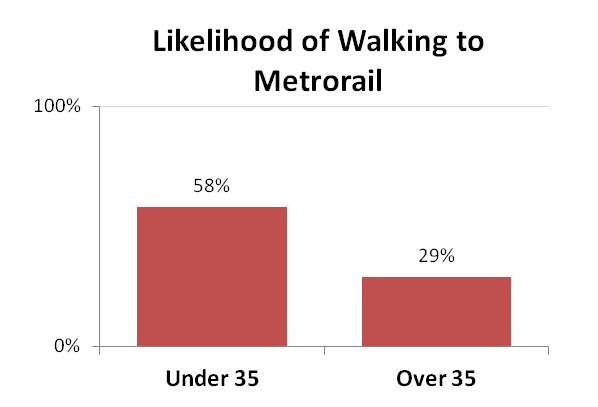
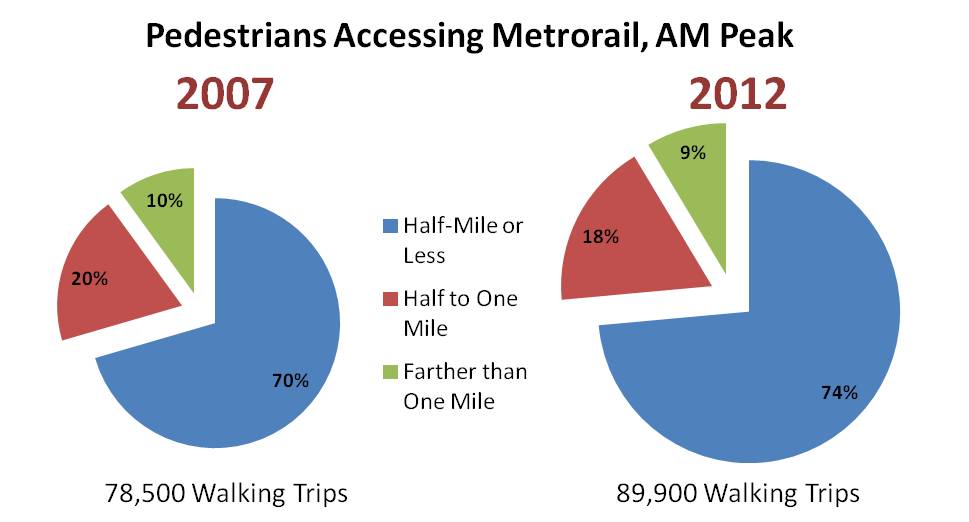
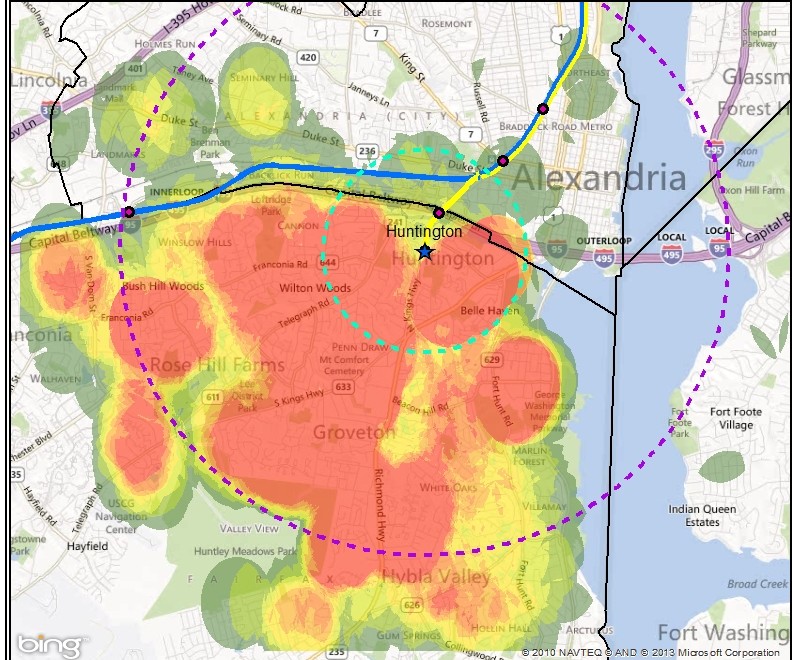
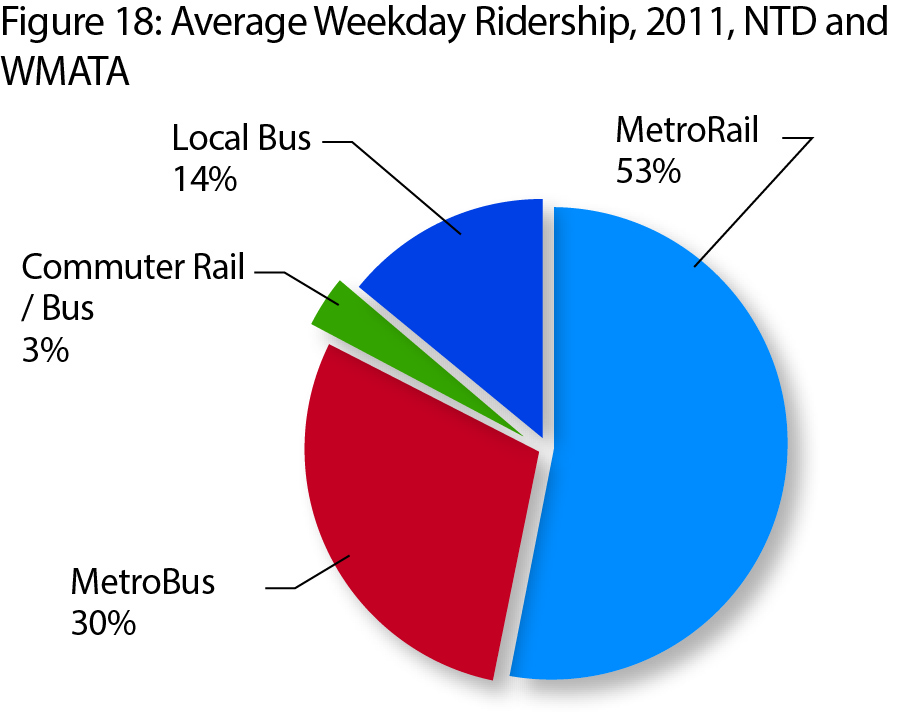
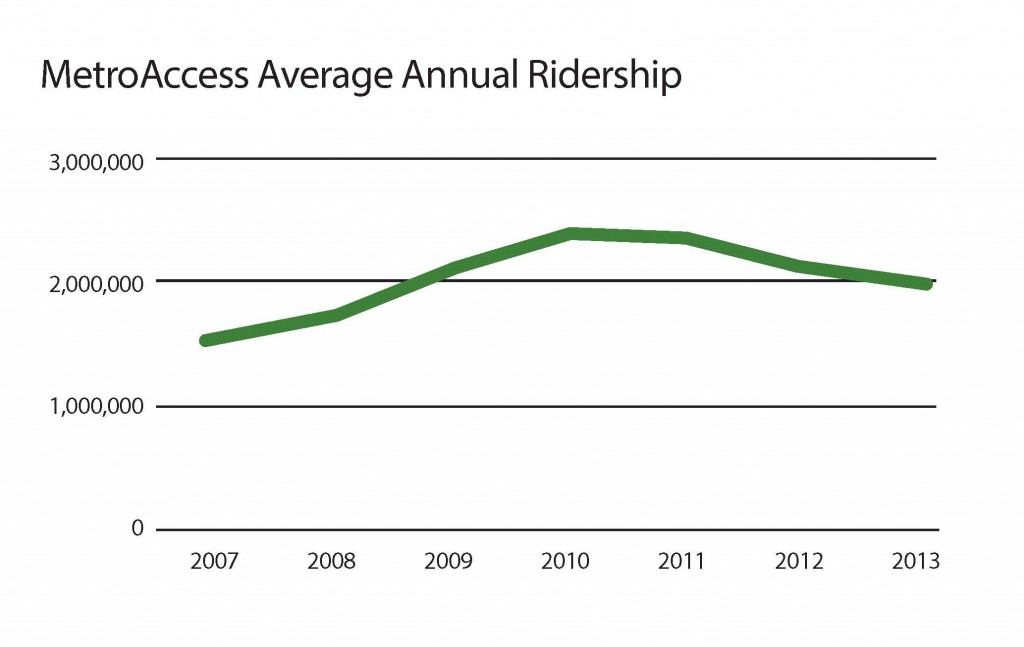
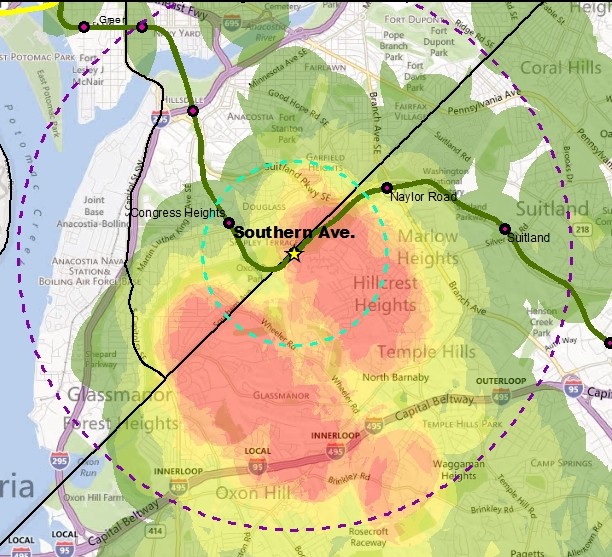

Recent Comments